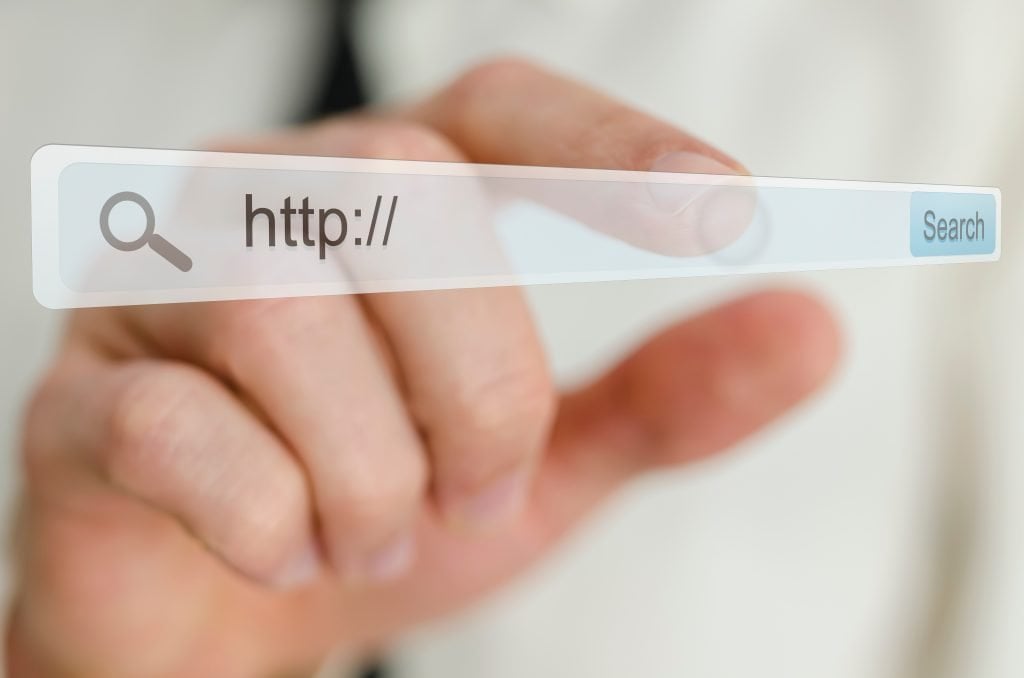Losing control of a domain can be a stressful experience for any website owner, but all hope is not lost. Domains marked as “deleted” follow a structured lifecycle before they return to the open market, and understanding each phase empowers you to reclaim your property. This guide explores the domain lifecycle, the recovery windows available, actionable strategies for each stage, and best practices to prevent future mishaps.
Understanding the Domain Lifecycle
When a domain expires, most generic top-level domains (gTLDs) pass through four sequential stages before becoming publicly available. Each stage has its own timeframe and costs associated with recovery:
- Auto-Renew Grace Period (0–45 days)
Immediately after expiration, many registrars grant a grace period—typically between 30 and 45 days—during which you can renew your domain at the standard renewal rate. DNS resolution often continues uninterrupted, and no additional fees apply. - Redemption Grace Period (RGP, ~30 days)
If you miss the auto-renew window, the domain enters the redemption phase. Registries remove it from the zone file, making it unresolvable on the web. You can still restore it by paying the standard renewal fee plus a non-refundable redemption fee (often $100–$180). - Pending Delete (5 days)
After redemption, the domain moves into Pending Delete for approximately five days. During this time, no modifications or renewals are possible. Once Pending Delete ends, the registry drops the domain, releasing it for public registration. - Public Availability
At the end of the Pending Delete period, the domain becomes available on a first-come, first-served basis. Registering the domain at this point incurs only the standard registration fee.
Recovery Tactics for Each Stage
1. Auto-Renew Grace Period
The simplest recovery step is to renew during the auto-renew window. To maximize your chances:
- Monitor Expiration Dates: Keep a calendar reminder or use domain management tools to stay ahead of renewal deadlines.
- Maintain Valid Payment Methods: Ensure your registrar account has up-to-date billing information.
- Contact Support if Locked Out: If you lose access to your registrar account, reach out to support with purchase receipts or identification documents to regain control and renew promptly.
2. Redemption Grace Period
Recovering in the RGP requires more effort and expense:
- Locate the Redemption Option: In your registrar dashboard, look for a “Restore” or “Redemption” button next to the expired domain.
- Understand Fees: Redemption fees vary by registry. Expect to pay $100–$180 in addition to the standard renewal cost.
- Allow Processing Time: Redemption requests can take 24–72 hours for the registry to complete. Plan accordingly to avoid further expiry.
3. Pending Delete
Once a domain enters Pending Delete, direct recovery through your registrar is impossible. Instead:
- Backorder the Domain: Many registrars and specialized services (e.g., SnapNames, Pool.com) offer backordering, where they automatically attempt registration the instant the domain drops.
- Use Multiple Backorder Services: To improve your odds, place backorders with several providers.
- Prepare for Competition: Popular or keyword-rich names often attract multiple backorders and end up in auction, driving prices above standard registration fees.
4. Public Registration and Aftermarket Purchases
If you miss all recovery windows and someone else registers your domain:
- WHOIS Lookup: Identify the current registrar and registrant’s contact information through a WHOIS search.
- Negotiate a Purchase: Reach out to the new owner with a polite, professional offer to buy the domain. Provide context about your previous ownership to foster goodwill.
- Consider UDRP: If you hold a trademark and suspect bad-faith registration, you may file a Uniform Domain-Name Dispute-Resolution Policy complaint. However, this process is time-consuming and not guaranteed.
Special Considerations by TLD
Not all top-level domains follow identical rules:
- Country-Code TLDs (ccTLDs): Many ccTLDs have shorter or absent redemption periods. Consult the specific registry’s policy—for example, .uk domains enter deletion shortly after expiration, with minimal recovery options.
- New gTLDs and Premium Domains: Newly introduced extensions and premium domains may impose nonstandard grace or redemption periods, or use tiered pricing that increases restoration costs dramatically.
Preventive Best Practices
The best way to avoid losing your domain is proactive management:
- Enable Auto-Renew: Turn on auto-renewal and verify that your payment method remains valid.
- Set Multiple Reminders: Use calendar alerts well in advance of expiration—consider 60, 45, and 30 days before the due date.
- Registrar Lock: Activate registrar or transfer lock to prevent unauthorized transfers that could lead to unintended expirations.
- Maintain Accurate WHOIS Data: ICANN requires up-to-date contact details. Failing to update WHOIS can result in missed renewal notices.
- Two-Factor Authentication (2FA): Secure your registrar account with 2FA to reduce the risk of unauthorized access.
Recovering a “deleted” domain hinges on swift action and knowing where your domain lies within its post-expiration lifecycle. During the Auto-Renew Grace Period, renew at the normal rate; in the Redemption Grace Period, pay the added redemption fee; in Pending Delete, rely on backorder services; and, if someone else registers the domain, negotiate a purchase or pursue legal remedies if warranted. By understanding each stage’s timeframe and costs—and by implementing robust preventive measures—you can protect your online identity and minimize the risk of permanent domain loss.
